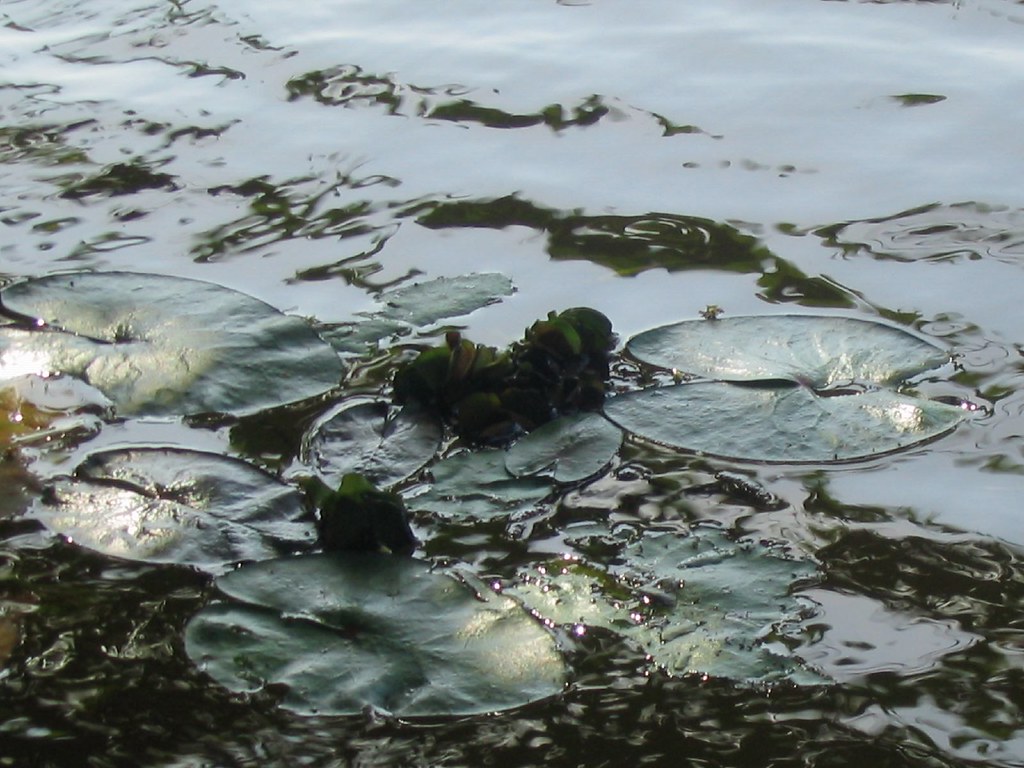If you have been to Kerala you would have most likely come across String hoppers or Idiyappam, which is a noodle like dish eaten mostly at breakfast. It is made from steamed rice flour forced through a special mold. The beautiful brass mold or "kozhal" in the pictures belongs to my mother-in-law and so does this recipe.
Strangely I didn't like noolappam very much as a kid and I noticed my little nephews didn't take to them too much either, preferring their PBJ's to this weird looking dish that seemed like a cross between noodles and idlis! You can try serving them soaked in coconut milk and sprinkled with sugar, the way my grandmother tried to entice us to eat them. But don't be too disappointed if they don't like them- more for the rest of us!
These idiyappams made me very kerala-sick and I dug up some pictures of the river next to my grandmother's house in Kerala. Isn't she beautiful?Perfect for little girls to stare into her depths from the vangi or canoe cut out of the bark of a coconut tree, perfect to go swimming in with a bunch of cousins and their dogs. We would stretch out a towel under the water, drop a few grains of rice and catch the little fish that greedily attacked the rice. I still love to skittle pebbles off it's surface, watch buffaloes being bathed, watch long snakelike onam boat racers pass by leaving behind floating garlands. These Noolappams are just meant to be eaten while you sit at the water's edge and listen to your grandmothers stories.
Stringhoppers/Idiyappam/ Noolappam
Recipe source: My mother in law
Equipment
- Idiyappam mold
- Idli steamer
- Large covered pot or pressure cooker which will fit the idli steamer
- Mixing bowl & spoon / stand mixer
- Stove
- Rice flour- 2 cups ( I recommend the double horse brand available at most Indian grocery stores.It yields very soft and delicate results!)
- Water- 2 cups ( you might need upto 2 cups more depending on the type of rice flour you use)
- Salt- 1/4 tsp
- Roast the rice flour in a wok over the stove. Stir it occasionally so that the flour at the bottom does not burn and turn brown. You will know that its done when the rice flour no longer clings to the side of the vessel but comes off easily. Also if you take a pinch between your fingers you will see that its much coarser texture now.
- Boil water until bubbling
- Take the roasted rice flour and salt in the bowl of a stand mixer and attach dough hooks and mix on slow setting. You could also use a bowl and a wooden spoon.
- Add the boiling water a little at a time and mix until well combined and the dough starts coming together as a ball.
- Take enough of the still warm dough and fill the idiyappam mold
- Press out the equivalet of an idli size into the greased (with vegetable oil) idli steamer.
- Continue and stack the idli steamer tiers alternatively so that the depressions don't squish the idiyappams on the tier below.
- Steam them for about 5-10 mins in a large covered pot with about an inch of water, not touching the dough, until done and cooked through.If using a pressure cooker, don't use the whistle.
Idiyappams are usually served hot with spicy egg masala or a coconut milk based curry/stew or even with chickpeas. If your prefer your sweet to savoury, you can soak these noolappams in coconut or regular cow's milk and sprinkle sugar on top.




















